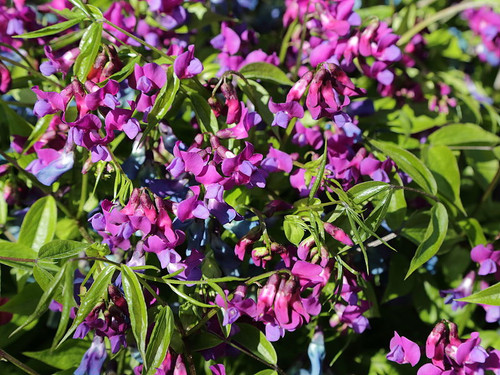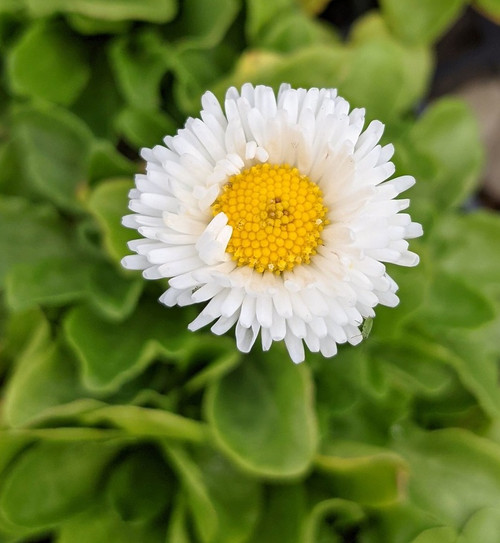Plant Overview
This perennial British native sweet pea is now rather rare. Known as the Wood Pea, it throws out enormous numbers of flesh pink flowers on strong stems, being even more vigorous and floriferous than Lathyrus latifolius.
This most attractive native wild flower can occasionally be found growing in thickets and woods throughout the country. With its rather handsome, leathery, sword-like leaves and delightfully coloured, rose-pink flowers variegated with pale crimson, violet and green, produced during most of the summer, it is certainly one wild flower that would merit a place in any garden.
Easier to grow than annual sweet peas and you have the advantage that it comes back year after year. It's herbaceous, so dies back to the ground in winter and springs back to life in March.
Will happily climb a trellis or net but is equally capable of scrambling through a shrub etc. Very vigorous.
Suitable for cut flowers.
Height: 3m
Lathyrus is derived from the Greek lathyros, meaning pea or pulse, with latifolius being derived from the Latin latus meaning wide andfolium meaning leaf.
Common name(s): The Wood Pea; Everlasting Pea; Narrow-leaved everlasting pea











